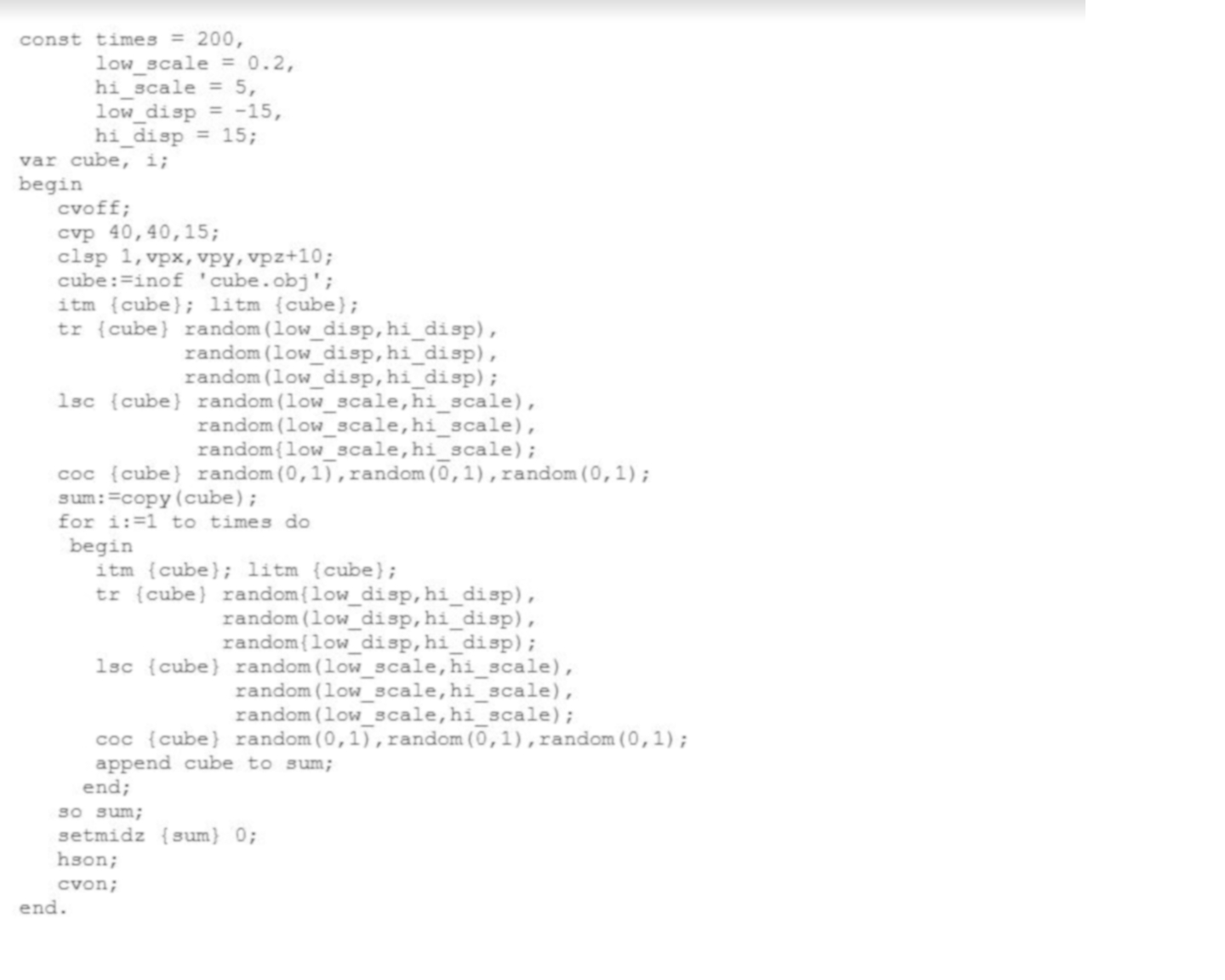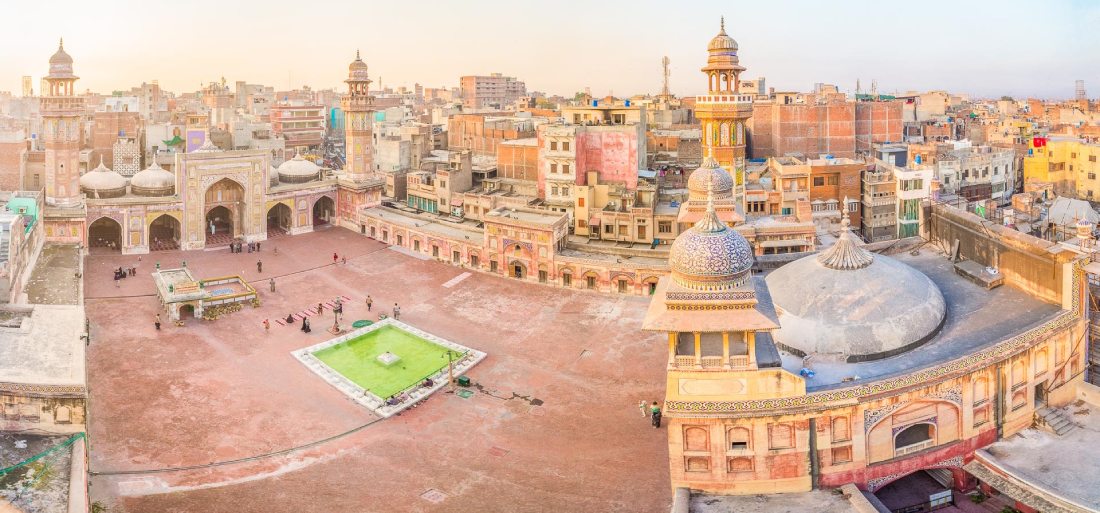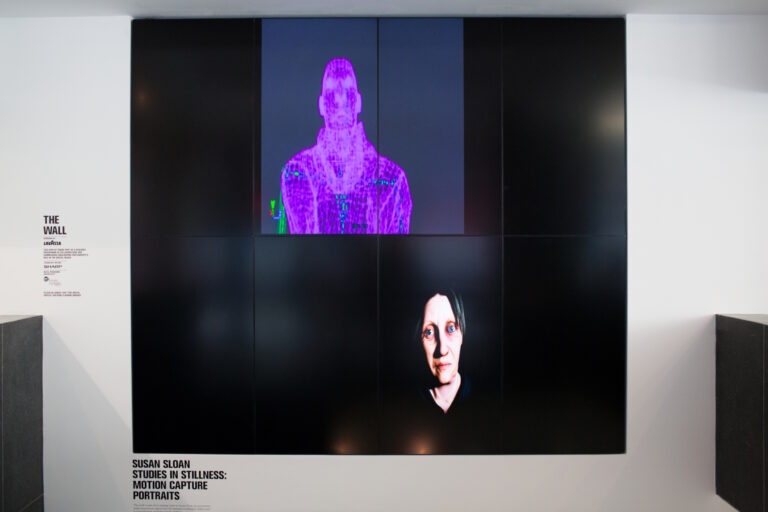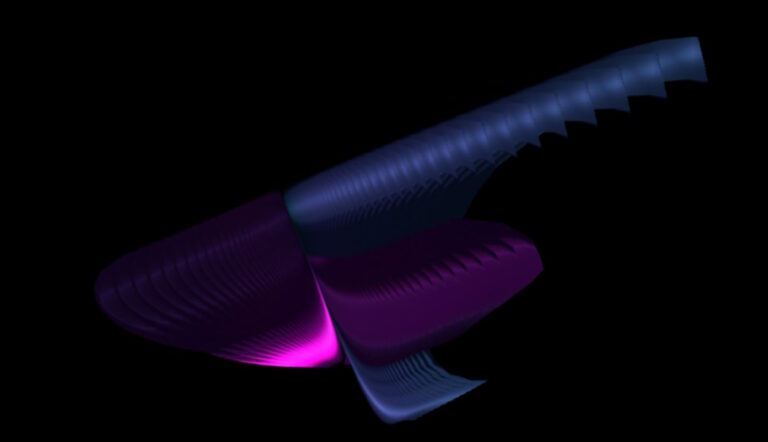Online
Exhibition
An online gallery was created to provide a preview for the exhibition ‘Once Upon a Time in Animation’, which was hosted by Poole Museum between May and July 2021, bridging the gap between the originally planned Summer 2020 exhibition that was delayed due to Covid to its Spring 2021 opening.
The exhibition celebrated 30 years of science in the service of the arts through excellence in animation research, practice and innovation at the National Centre for Computer Animation (NCCA). The NCCA at Bournemouth University has been at the forefront of UK computer graphics and animation education and research since its inception in 1989.
Since 1989______
The interactive virtual gallery featured a limited selection of artefacts with additional educational information and was organized along three strands:
The first strand focuses on the processes involved in the creation of animations, i.e. preproduction.
The selected pieces to illustrate these were taken from the preproduction of selected NCCA undergraduate final-year student projects from the 2019/2020 academic year.
The second strand comprises explorative pieces created by existing and former staff and students of the NCCA, using cutting-edge technologies for creating innovative artworks and also developments of new technological solutions.
The final strand was a selection of outstanding NCCA student projects, i.e. student-created short animated films that have been screened at the prestigious SIGGRAPH Computer Animation Festival and that have also been shortlisted for other international events.
In addition to this, a character design competition was held, supported by a short educational video on character design, narrated by Meijia Wu of the 2020 graduating cohort, and showing character designs she created for her graduation project.
Once Upon a Time in Animation
The ‘Once Upon a Time in Animation’ exhibition provided visitors with an overview of different areas of research and practices, showcasing historic artefacts from the NCCA’s archive collection, which preserves important milestones in computer animation history.
Below are some of the exhibits that were featured in the exhibition.
Find out more______



CGAL CGAL, the Computer Graphics and Animation Language, was first conceived towards the end of the 1970s by Peter Comninos, founder of the NCCA.
CGAL provides a means for non-programmers to create computer graphics using a scripting language that is based on the terminology of animation and film production.
Stephen Bell started to use computer programming in his art in the late 1970s.
The images are based on the behaviour of groups or communities of animals being attacked by predators, and human battle-like confrontations. Stephen’s works illustrate the paths of the movements, simulated by algorithmically generated behaviours.



Rehan Zia is a photographer, a visual effects artist, researcher and academic at the National Centre for Computer Animation.
In his visual storytelling, Rehan uses light, form and colour, to create images that lie on the cusp of fantasy and realism.
Rehan teaches a wide range of visual effects related courses at the NCCA. These include subjects such as visual storytelling, cinematography, compositing, digital texturing, lighting and many others.
Rehan Zia______



Susan Sloan is a lecturer at the NCCA.
As an artist, she works collaboratively and individually, using animation to create artworks and public projects.
These include her study into portraiture that utilises 3D animation software and motion capture technologies to look at identity through motion and action.
Susan Sloan______
Cubist painters moved away from traditional methods of projecting a 3D scene onto a 2D canvas, instead experimenting with multiple viewpoints in a single composition. Cubist sculptures blend between shapes, using distorted solid primitives, such as cylinders, spheres and cones.
Student Quentin Corker-Marin and his supervisors Dr Valery Adzhiev and Professor Alexander Pasko developed algorithms for adding cubist features to time-variant sculptural shapes, resulting in 4D Cubism.
Quentin Corker-Marin et al.______


Zeitgeist, developed by NCCA researcher Oliver Gingrich and neuroscientist Dr Shama Rahman, uses machine learning algorithms to indicate when visitors are in Flow state, a state of heightened creative stimulation, turning this artwork into an interface of creative collaborative practices.
Zeitgeist provides visual cues or so-called ‘nudging’, to inspire audiences to be creative with one another, online or in a physical space. The visual cues provide information on Flow as measured via an EEG – an electroencephalogram which records brain activity. This holographic sculpture represents Flow mental states of the artists creatively collaborating during the UK lockdown.
